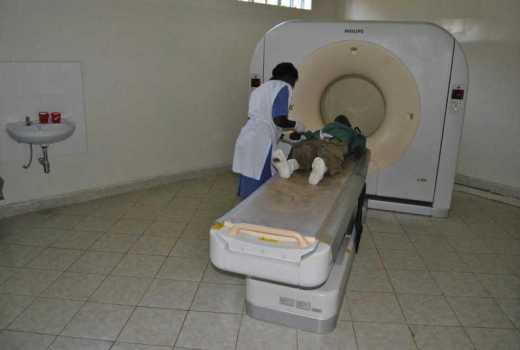×
The Standard e-Paper
Join Thousands of Readers

Over-reliance on equipment by doctors has been blamed for the huge rise in misdiagnosis.
The Medical Practitioners and Dentists Board has raised concerns over an emerging trend where some doctors and other medical practitioners rely more on machines instead of using skills acquired during training to treat patients.